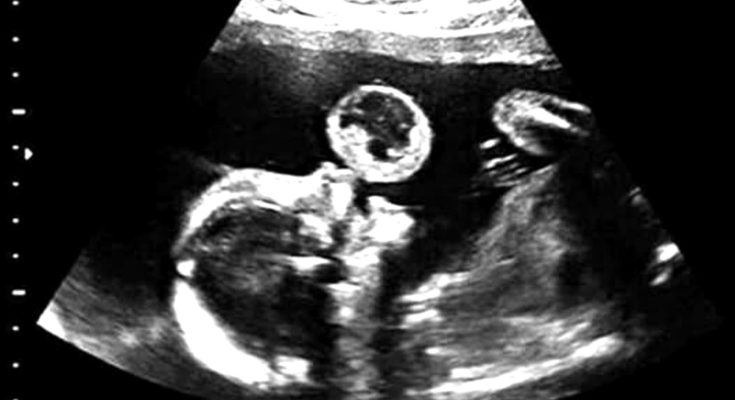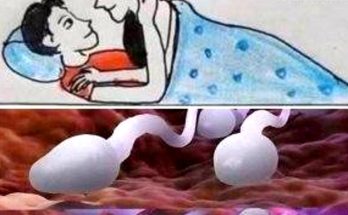Doctors save baby with rare tumor after performing first ever surgery in utero
Tammy Gonzalez discovered tumor – a problem affecting one in 100,000 pregnancies – during ultrasound at 17 weeks

When Tammy Gonzalez saw what appeared to be a giant bubble blowing from her unborn baby’s mouth during an ultrasound scan, the joy of pregnancy turned to despair as doctors diagnosed a rare and potentially fatal tumour.
Now, two years later, she has revealed for the first time how her daughter was saved by a world first operation, performed using a laser beam while Leyna – meaning little angel – was still just a foetus in her womb.
Surgeons at the University of Miami/Jackson Memorial Hospital, who had waited since 2010 to formally announce news of the pioneering operation in a scientific journal before going public, today swapped high-fives with the now 20-month-old girl whose life they saved before anyone had even met her.
“They are her saviours,” wept Gonzalez, 39. “She wouldn’t be here without them.” Gonzalez, who also has a seven-year-old son with husband Alain, 38, experienced an unremarkable pregnancy until 17 weeks gestation, when a routine ultrasound showed that the perfectly-developing foetus she had seen on a scan just a week or two earlier had suddenly taken on a heartbreaking new appearance.
Extending from the roof of her mouth was a tumour the size of a peach, which appeared on the ultrasound as if it were a giant bubble in the amniotic fluid.

“You can imagine what goes through your head. ‘What is this?’ Nobody could really give me an answer because it’s so rare,” said Gonzalez, who was later told that the condition was a fetal oral teratoma, a rare tumour that affects one in 100,000 pregnancies.
Her options were to either terminate the pregnancy or wait for the baby to grow to a viable stage and hope that the problem could be corrected following delivery. Doctors warned that the chances of the latter were slim because of the rapid rate of growth of the tumour, which could increase to as much as two pounds in weight and result in fatal bleeding.
“If she was ultimately delivered alive, there was no guarantee that she would be normal, she’d have a tracheotomy, numerous surgeries, she’d have deformities,” said Gonzalez.
“I thought: ‘There has to be a way to save her.’ We started doing research, a lot of heartache and emotional distress. I asked my gynaecologist if there’s another way, if somebody could do surgery on her while she’s inside,” said Gonzalez.
She was referred to Dr Ruben Quintero, a pioneer in foetal medicine at the University of Miami. He warned her that surgery to remove such a tumour had never before been attempted in utero but he was willing to try.
“There was a lot of hope, a lot of prayers. I’m very grateful,” she said.

Quintero and his wife, foetal surgeon Eftichia Kontopoulos, operated using an endoscope guided by an ultrasound. The only cut was a minor incision in the mother’s abdomen. Using a laser, they cut away the mass in the baby’s mouth – all with Gonzalez conscious and watching on a screen.
She said: “When they finally severed the whole tumour off and I saw it float away, it was like this huge weight had been lifted off me and I could finally see her face – and it was perfect.”
Five months later, Leyna was born with no problems, weighing 8lbs 1oz. The only sign of her surgery is a tiny scar on her mouth.
Quintero said: “This is an opportunity to expand the field that we have developed, with this ability to treat birth defects in utero, and give hope to mothers.”



